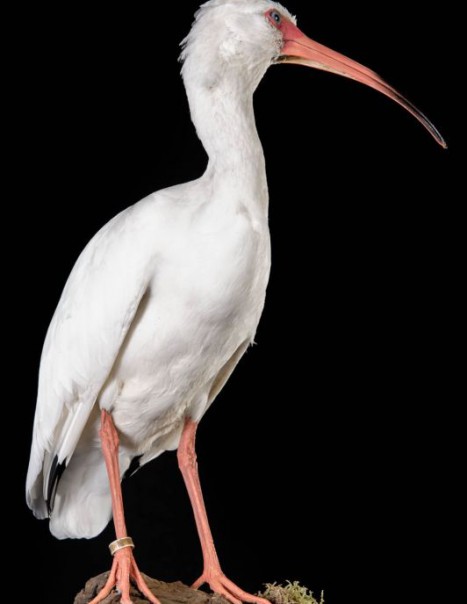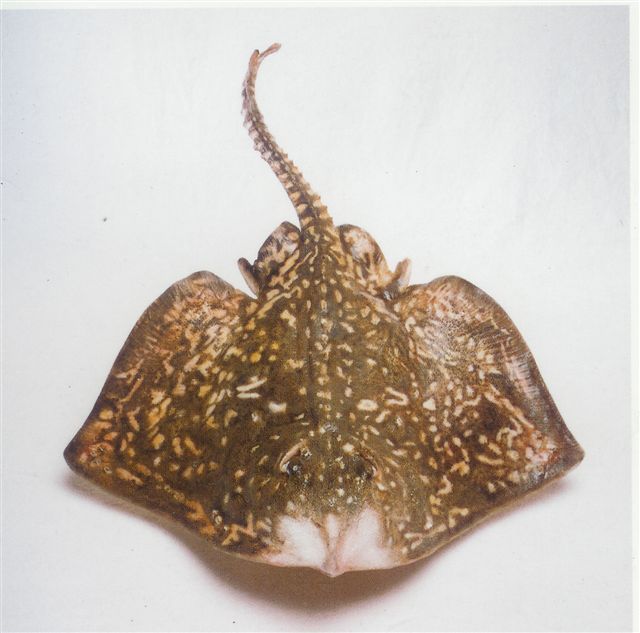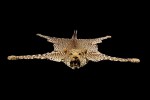American white ibis – Eudocimus albus
American white ibis – Eudocimus albus
The american white ibis is a species of birds in the ibis family, Threskiornithidae.
The ibis family counts 28 extant species and 2 extinct species.The most popular and well known are the scarlet ibis, the black ibis, the australian white ibis, the american white ibis and the african sacred ibis.
The American white ibis lives from the mid-Atlantic and South Gulf Coast of the United States through most of the coastal New World tropics. This particular ibis is a medium-sized bird with an overall white plumage, bright red-orange down-curved beak and long legs and black wing tips that are usually only visible in flight. Males are larger and have longer beak than females.
The breeding range runs along the Gulf and Atlantic Coast, and the coasts of Mexico and Central America. Outside the breeding period, the range extends further inland in North America and also includes the Caribbean. It is also found along the northwestern South American coastline in Colombia and Venezuela. Populations in central Venezuela overlap and interbreed with the scarlet ibis. The two have been classified by some authorities as a single species.
During the breeding season, the American white ibis gathers in huge colonies near water. Pairs are predominantly monogamous and both parents care for the young, although males tend to engage in extra-pair copulation with other females to increase their reproductive success.
Their diet consists primarily of small aquatic prey, such as insects and small fishes. It can adjust its diet according to the habitat and prey abundance. It is a tactile, non-visual forager, whose main foraging behavior is probing with its beak at the bottom of shallow water to feel form and to capture its prey.





